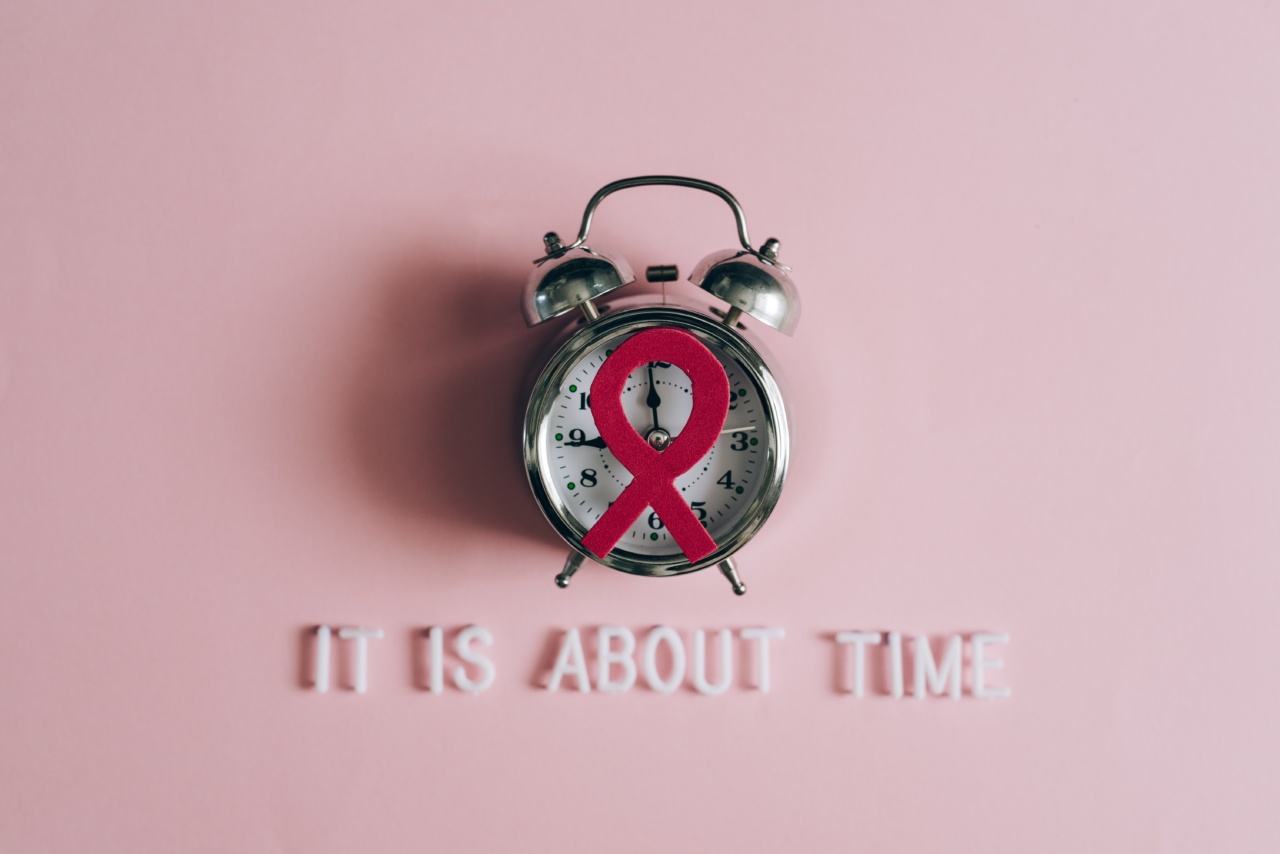The latest data from the World Health Organization (WHO) has shown an alarming increase of 50% in HIV deaths amongst adolescents since 2010.
What is causing HIV deaths in adolescents?
Despite the progress that has been made in the fight against HIV and AIDS, it is still the leading cause of death among adolescents in Africa. The majority of these deaths occur due to lack of access to treatment and prevention services.
Adolescents are often the most neglected group when it comes to HIV prevention and treatment. They are more likely to drop out of treatment and are less likely to get the support they need to stay in care.
Who is at risk?
The risk of HIV infection is greatest for young people between the ages of 15 and 24 years old. Girls are particularly vulnerable, with infection rates almost twice as high as boys in the same age group.
The reasons for this vulnerability are complex and include social, economic and biological factors. Girls who are out of school, living in poverty, or who have experienced violence or abuse are particularly at risk.
What can be done to prevent HIV deaths in adolescents?
The WHO has called for urgent action to address the needs of adolescents living with HIV, in order to prevent further deaths. The following measures can be taken:.
Increased access to testing and treatment
It is essential that adolescents have access to HIV testing and treatment services. This includes making HIV testing more widely available and ensuring that adolescents have access to antiretroviral therapy (ART) if they test positive.
Prevention methods for adolescents
Prevention methods such as condoms, pre-exposure prophylaxis (PrEP) and voluntary medical male circumcision should be made widely available and accessible to adolescents.
Parents, educators and communities should be encouraged to talk openly about these options with young people.
Addressing social and economic factors
Social and economic factors need to be addressed in order to reduce the vulnerability of adolescents.
This includes providing education and employment opportunities, addressing gender inequality and violence, and providing access to basic health services.
Conclusion
The increase in HIV deaths amongst adolescents is alarming and requires urgent action.
By increasing access to testing and treatment, providing prevention methods, and addressing social and economic factors, we can help prevent further deaths and improve the health and wellbeing of adolescents living with HIV.






























